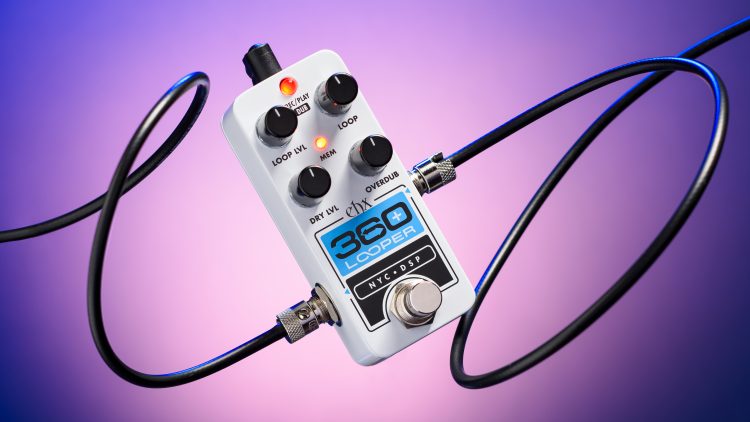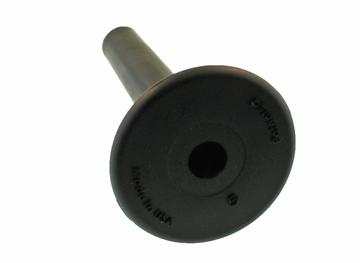 Electro-Harmonix has a long history of innovation in the MI space, having developed some of the most iconic FX pedals in the history of the medium. While some companies might rest on their laurels, Electro-Harmonix continues to push the envelope. I had the pleasure to check out their newest reverb pedal: the Oceans 11. To say this pedal is loaded with features is the understatement of the year. The name refers to the 11 base reverb algorithms featured by the pedal, but each algorithm has a myriad of configurable options available. The instruction manual is essentially a novel, with 15 pages of juicy information. Don’t let the manual intimidate you though – this pedal is remarkably user-friendly; I was able to dial up great sounds in minutes.
Electro-Harmonix has a long history of innovation in the MI space, having developed some of the most iconic FX pedals in the history of the medium. While some companies might rest on their laurels, Electro-Harmonix continues to push the envelope. I had the pleasure to check out their newest reverb pedal: the Oceans 11. To say this pedal is loaded with features is the understatement of the year. The name refers to the 11 base reverb algorithms featured by the pedal, but each algorithm has a myriad of configurable options available. The instruction manual is essentially a novel, with 15 pages of juicy information. Don’t let the manual intimidate you though – this pedal is remarkably user-friendly; I was able to dial up great sounds in minutes.
The Oceans 11 has a small footprint, with four large white plastic knobs: Level, Time, Tone and the 11-position Reverb knob, a small white “mode” button and the footswitch. Normally, I’d run through what each of these knobs does, but, in this case, functionality changes based on the reverb you select. It’s one of a couple of ingenious ways in which the EHX engineers have offered up configurability.
11 reverbs seems like a lot, and it is. You have your standards: Hall, Plate, and Spring. These sound great, adding that space and ambience to your sound. The Time knob extends the reverb time, making the room bigger, the plate more reverberant and the spring… “springier.” This pedal also has a couple of familiar time based effects: Echo, and Tremolo. The other six algorithms are more adventurous – with reverbs that include different FX: reverse, modulation, pitch shift, polyphonic pitch shift, and the auto-infinite which dynamically switches between different reverbs based on what you play.
As mentioned, each reverb setting can be adjusted in a variety of different ways. The Mode button will cycle through different settings. You can press and hold the footswitch to activate the infinite circuit for most of the most reverb times, you can also tap it to set the delay time for the Echo setting.
Also, when set to the Spring reverb, you can double tap to simulate kicking the amp – a staple of the rockabilly sound. If you press and hold the Mode button, it will activate “Secondary Knob Mode” which opens up a whole other layer of configurability. I could go on, but you get the point. This pedal is a one-stop shop for Reverb.
Whether you are looking for “basic” reverbs or to shoot your sound to the spacy atmospheric heights, you can do it with the Oceans 11. I love the attention to detail – the spring reverb double tap kick is enough of a reason to purchase on its own. Throw in a million other potential sounds, and this pedal becomes a sure thing.



























Looking Back on 2025: A Year of Controlled Chaos (Emphasis on “Controlled”)